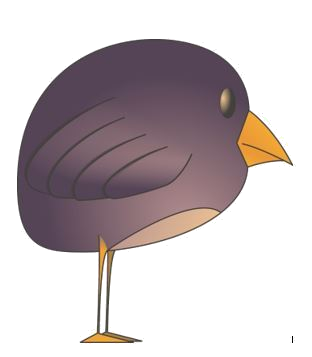Level 2 Numeracy: Measure Up
Level 2 Numeracy: Measure Up
DIGITAL RESOURCE ONLY
Student worksheets - 186 Pages
Printable version only
Teaching slides
See a sample here
Learning outcomes include:
Developing an awareness of temperature
• Use appropriate words to describe temperature, e.g. hot and cold
• Identify instruments used for indicating and adjusting temperature, e.g. thermometer, marked oven dials
• Relate temperatures to everyday situations, e.g. heating in a classroom
• Locate appropriate temperatures on a cooker dial, e.g. gas mark 4, 200 degrees Celsius
• Compare temperatures for the different times of the year, e.g. hot in summer and cold in winter, keep a simple weather log
Developing an awareness of weight and capacity
• Use appropriate vocabulary to describe the units of weight and capacity, e.g. litres, 500ml, kilograms, grams (pictorial or concrete)
• Identify the marks for the units of weight and capacity, e.g. using a measuring jug, using a weighing scale
• List some examples of weight and capacity from daily life, e.g. knowing own weight, a litre of milk
• Use a graduated vessel to work out the capacity of liquids, e.g. using a jug to measure litre of milk
• Use a weighing scales to work out the weight of powders and solids, e.g. weighing the ingredients for a cake
Developing an awareness of length and distance
• Use appropriate vocabulary to describe the units in length and distance, e.g. kilometres, metres, centimetres
• Identify the units of length and distance on a ruler, metre stick and measuring tape
• Use a ruler to draw and measure different lengths of lines
• Estimate the length of common objects, e.g. the length of a book
• Measure the length of common places, e.g. bedroom, kitchen, classroom using a measuring tape
Developing an awareness of time
• Tell the time from an analogue clock for the hour, half hour and quarter hour
• Tell the time from a digital clock for the hour, half hour and quarter hour
• Identify key times during the day, on the hour, half hour and quarter hour, e.g. lunch breaks, use of visual schedule
• Solve problems to work out the passage of time, e.g. use the start and finish time to calculate duration of journey or programme, calculate the duration of a specific programme
• Find a specified day or date on a calendar or timetable, e.g. my birthday
• Match months or activities with their seasons, e.g. matching pictures of the seasons to the relevant months

